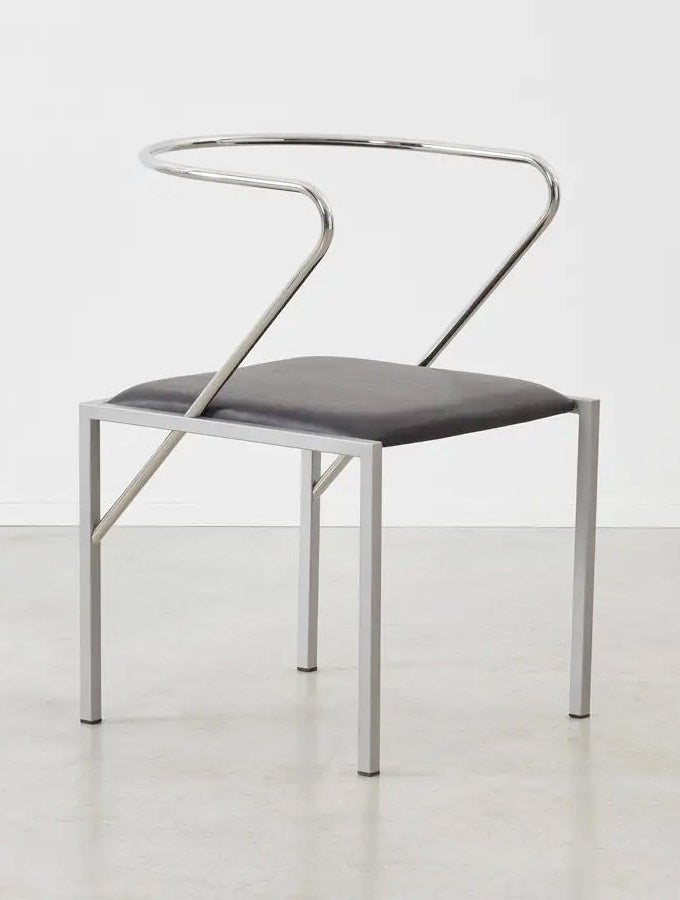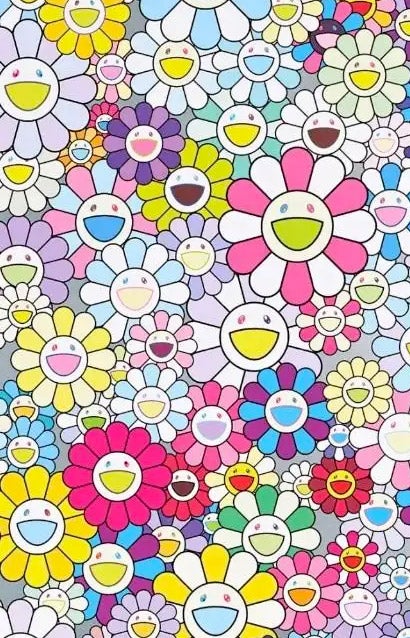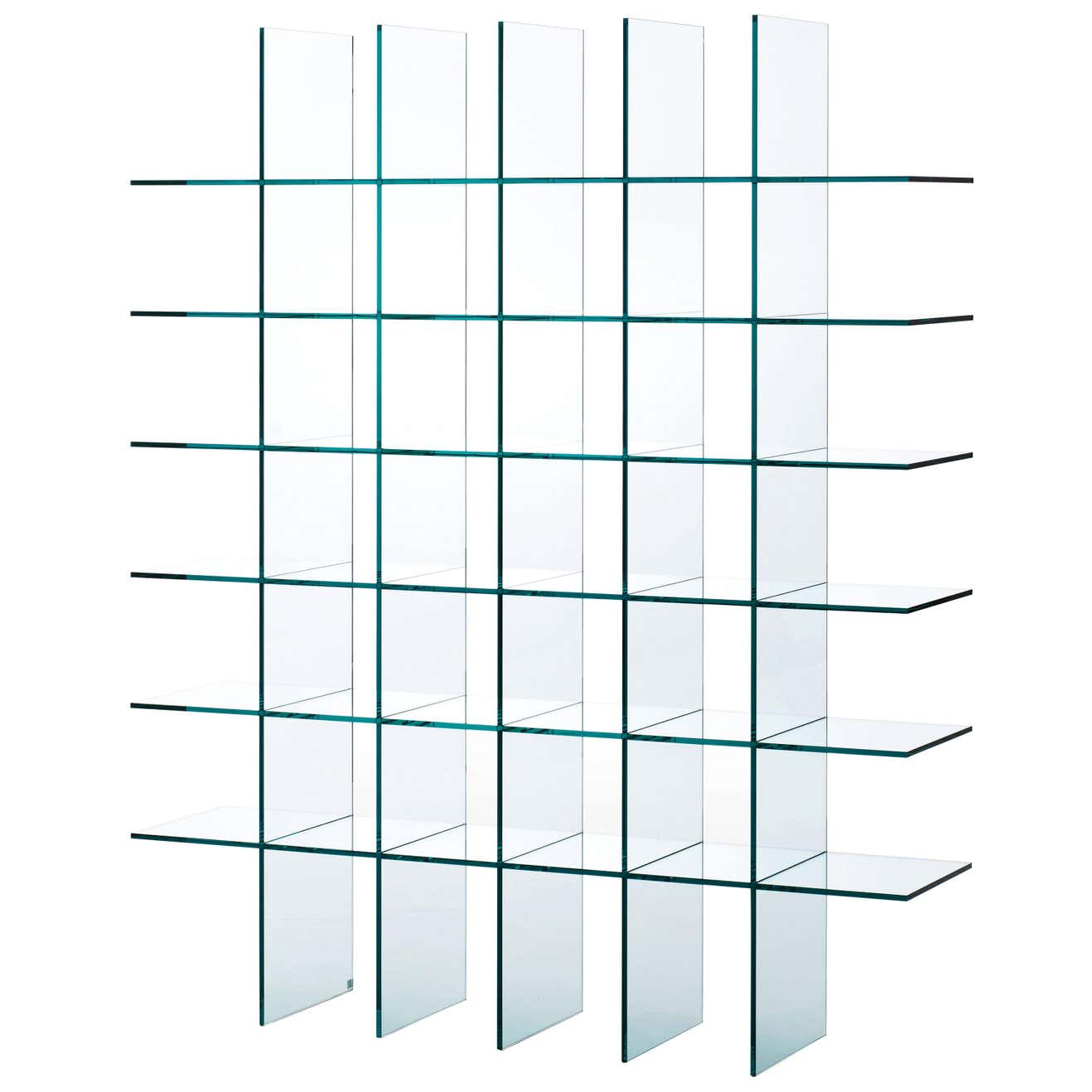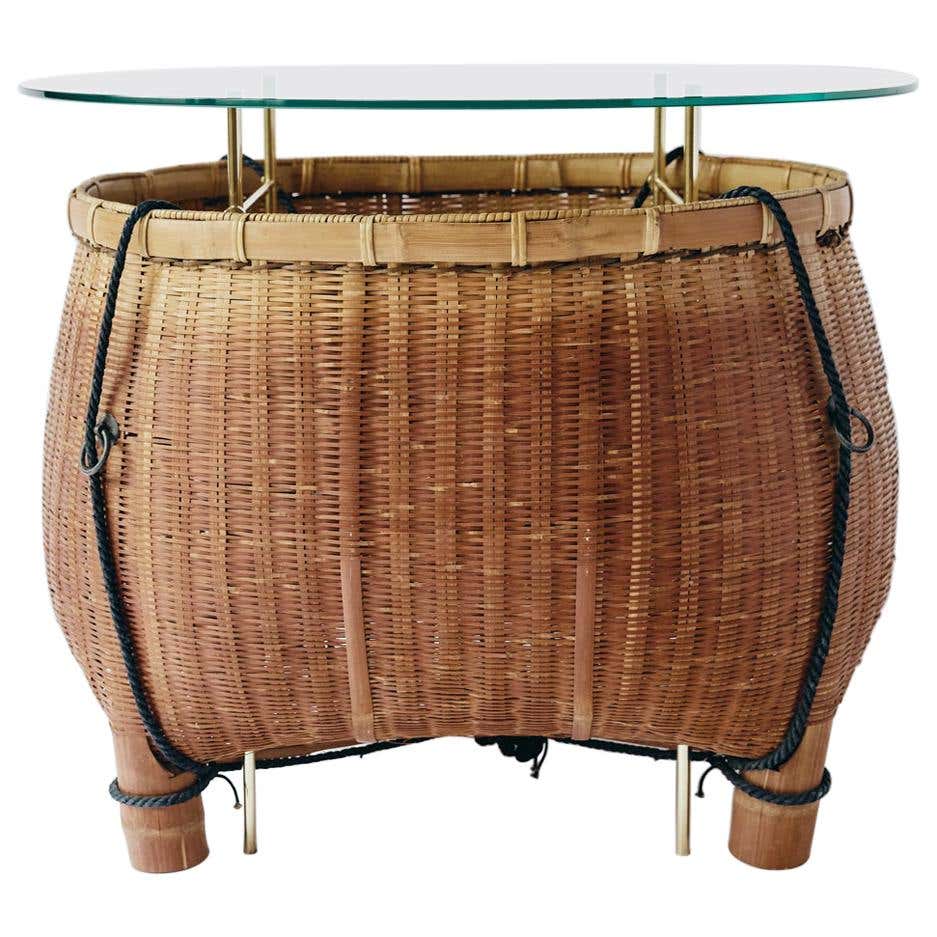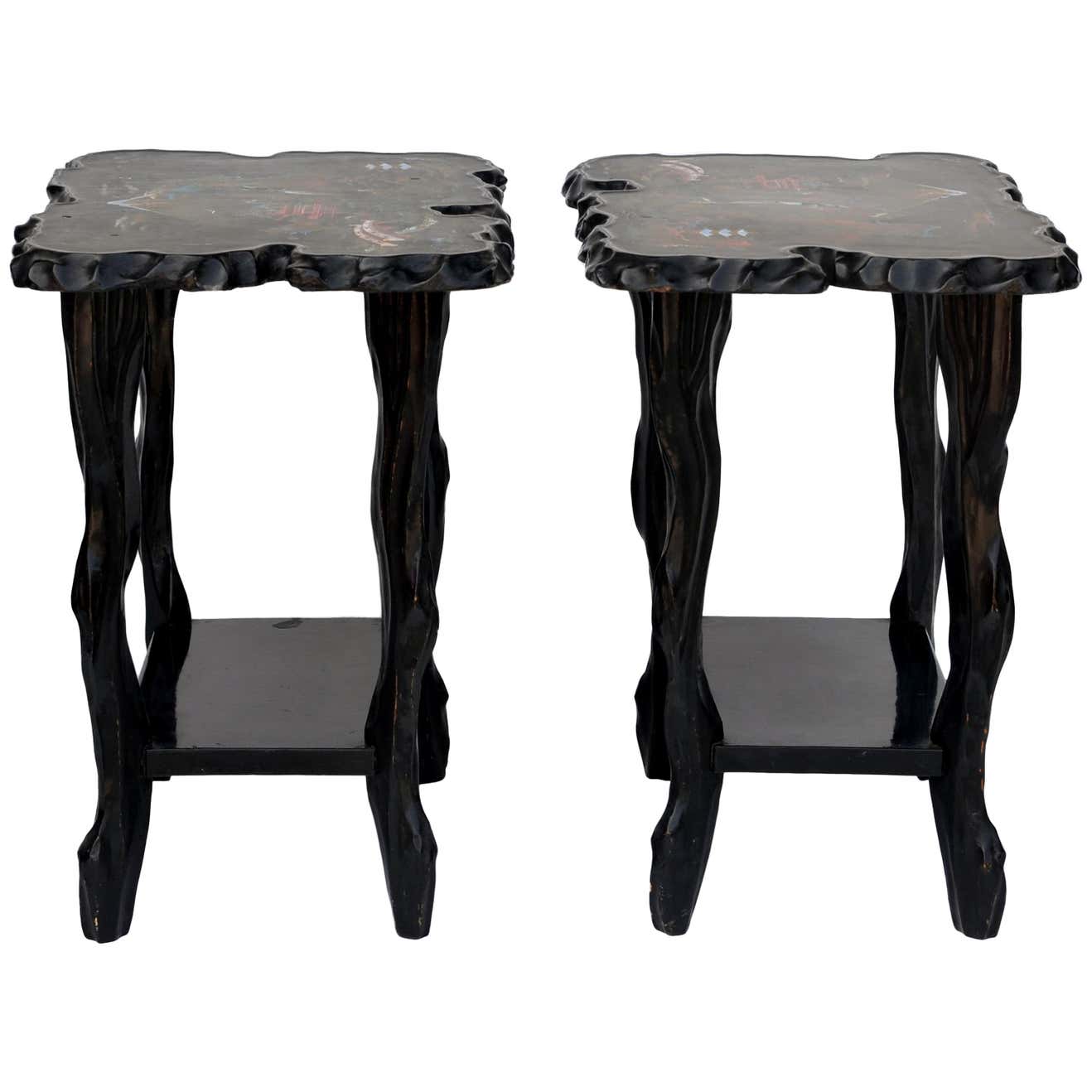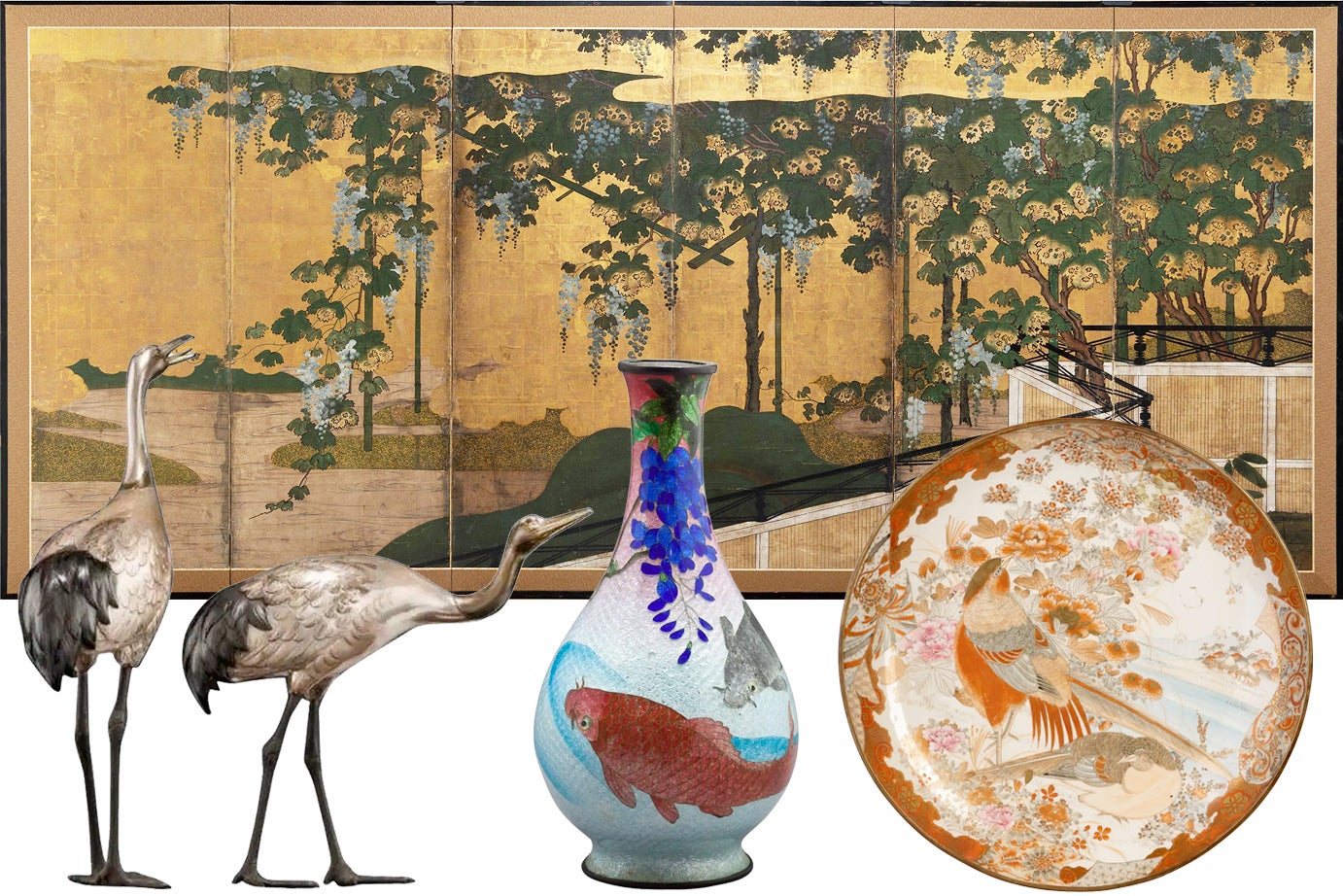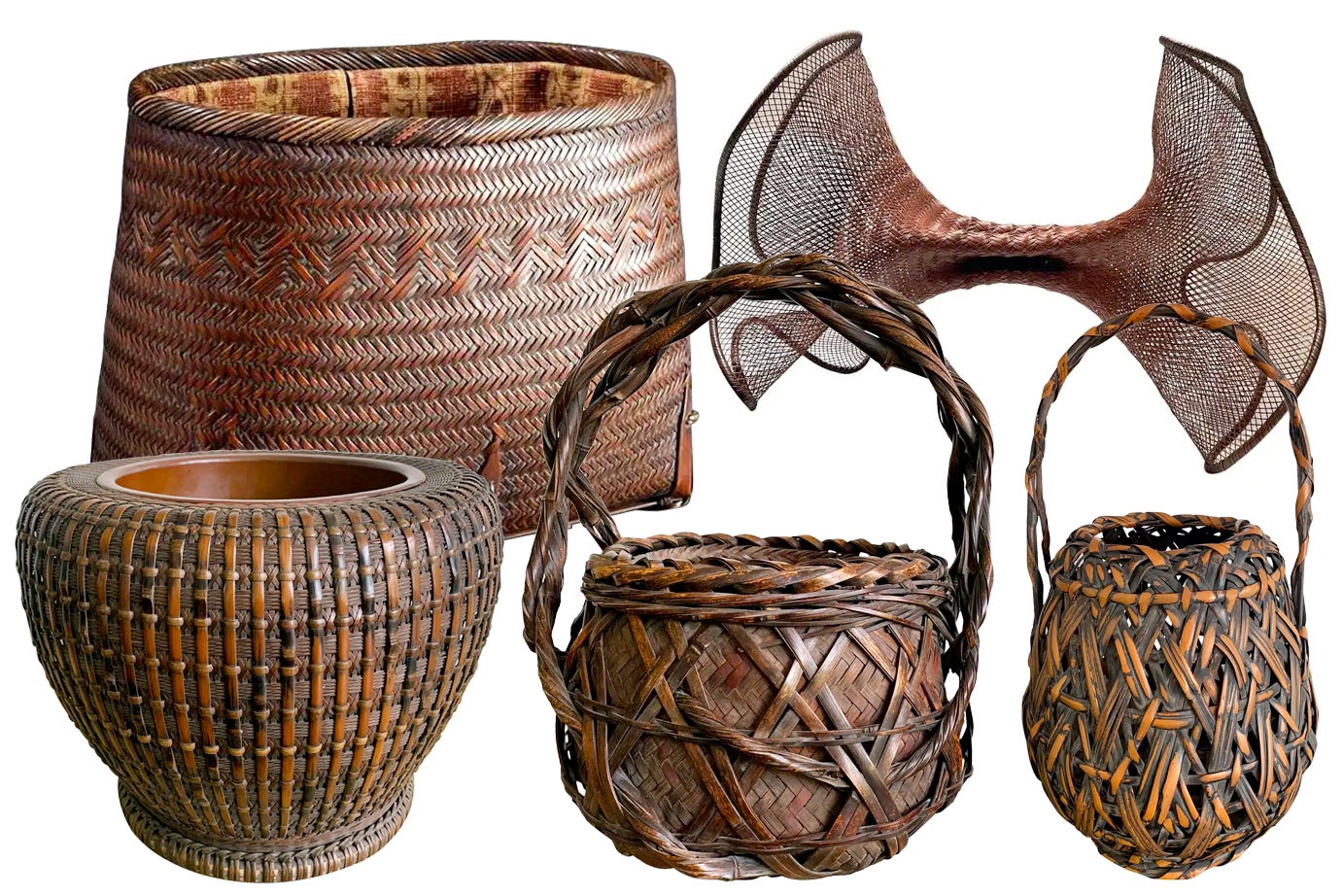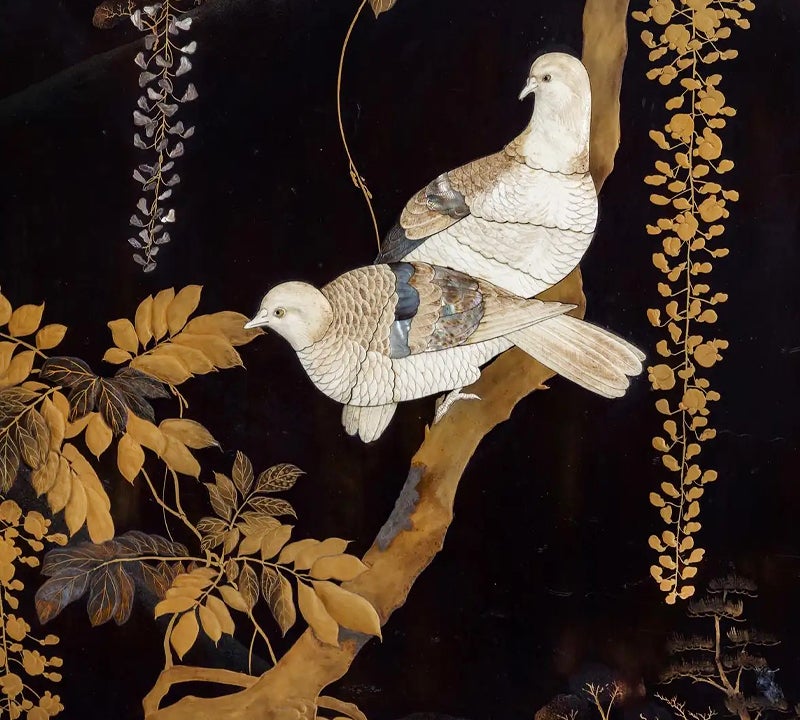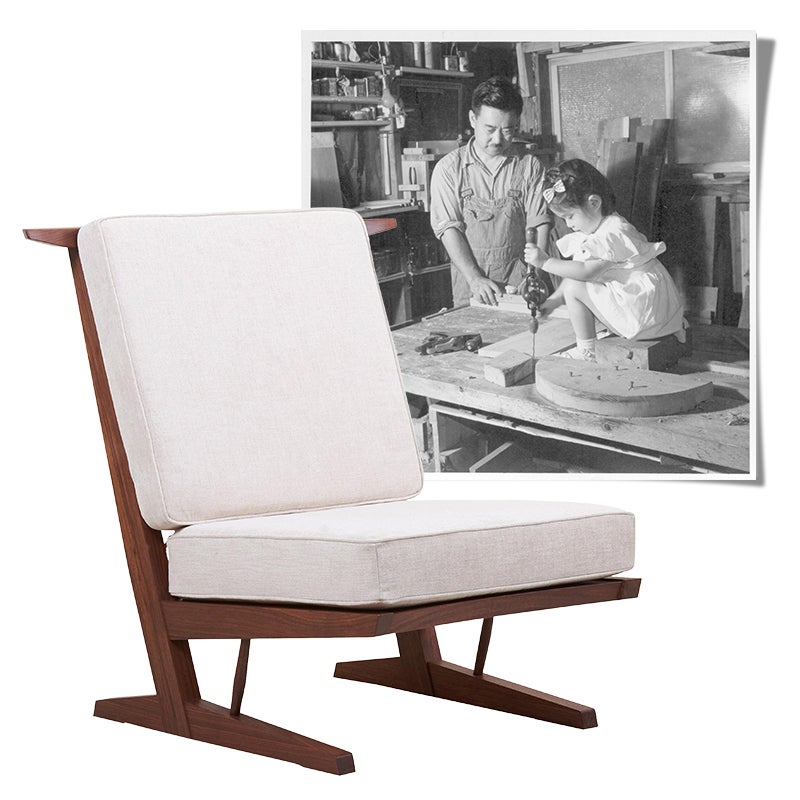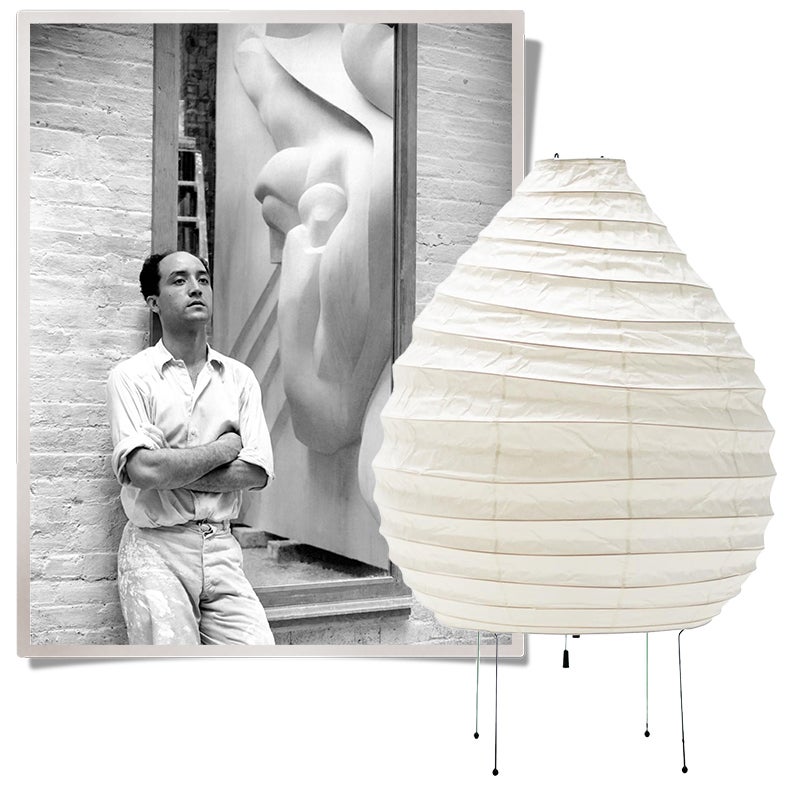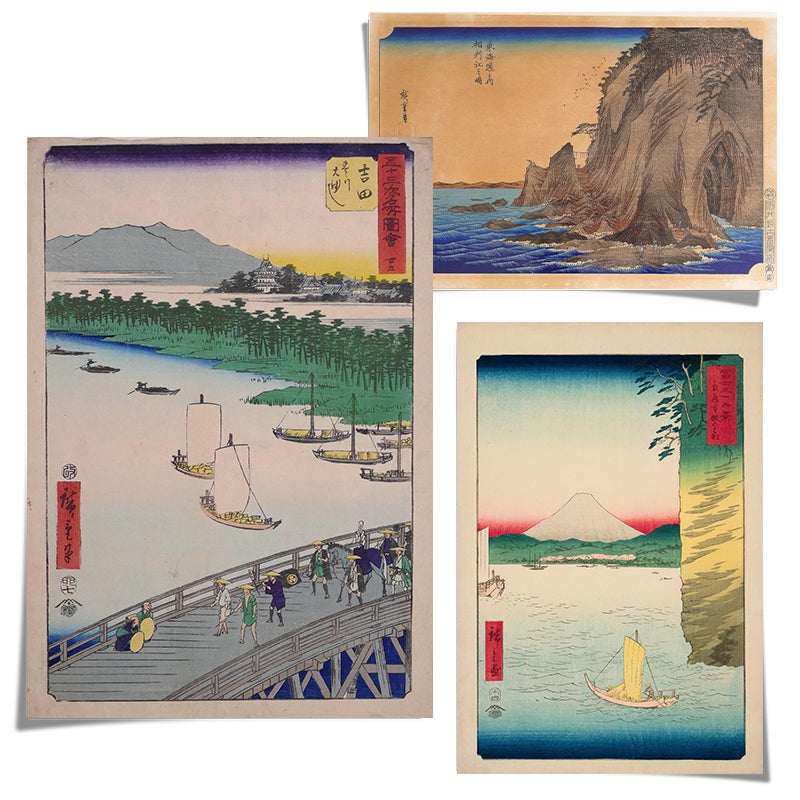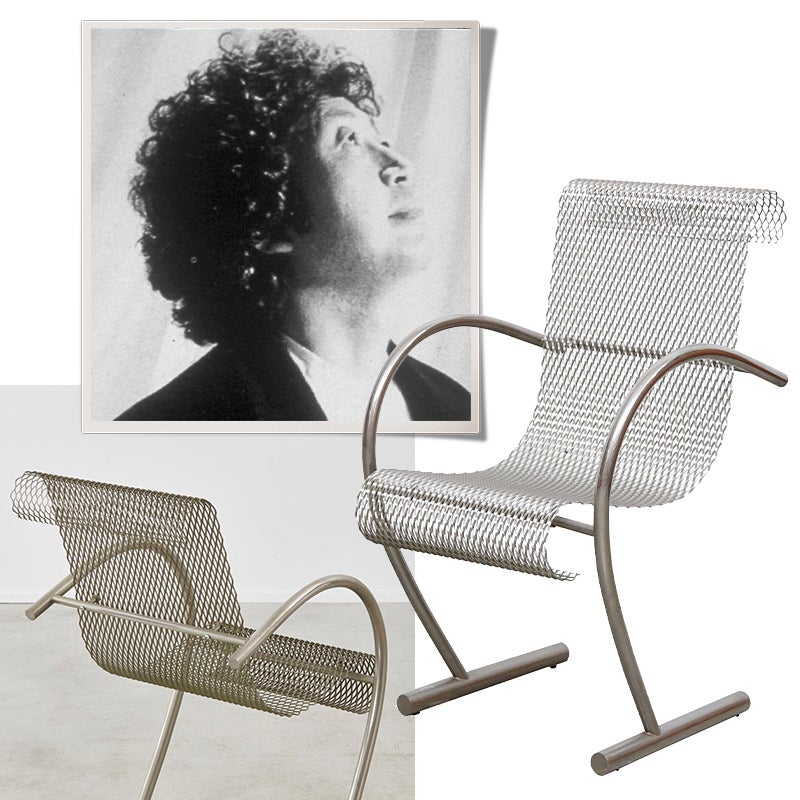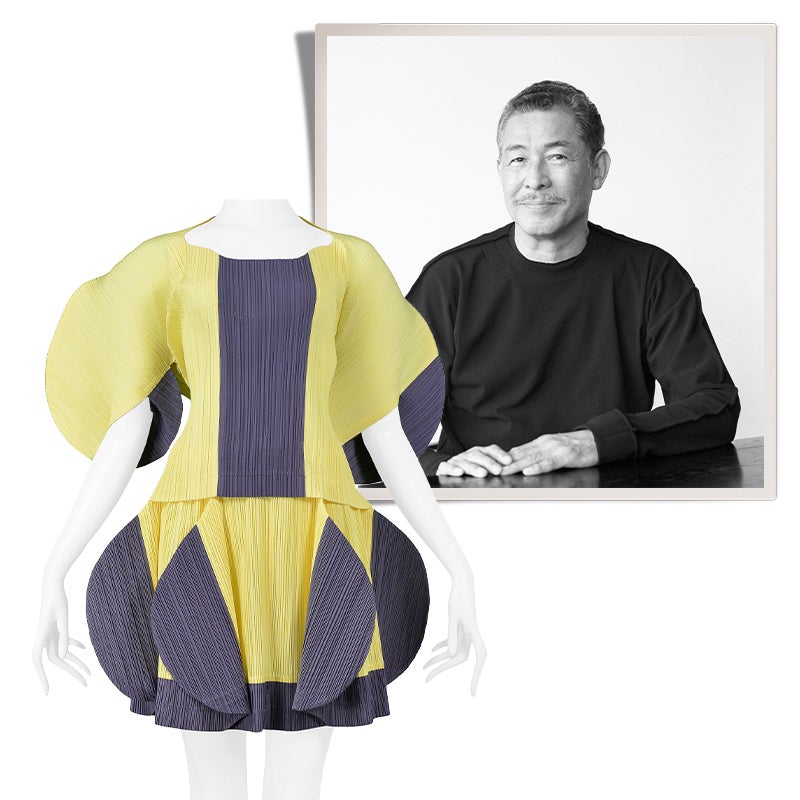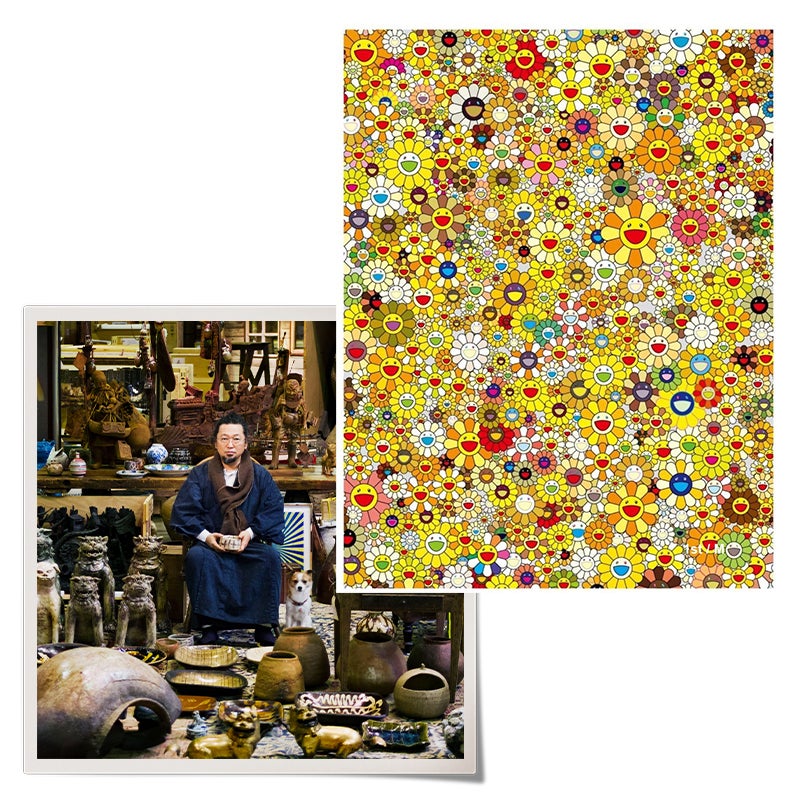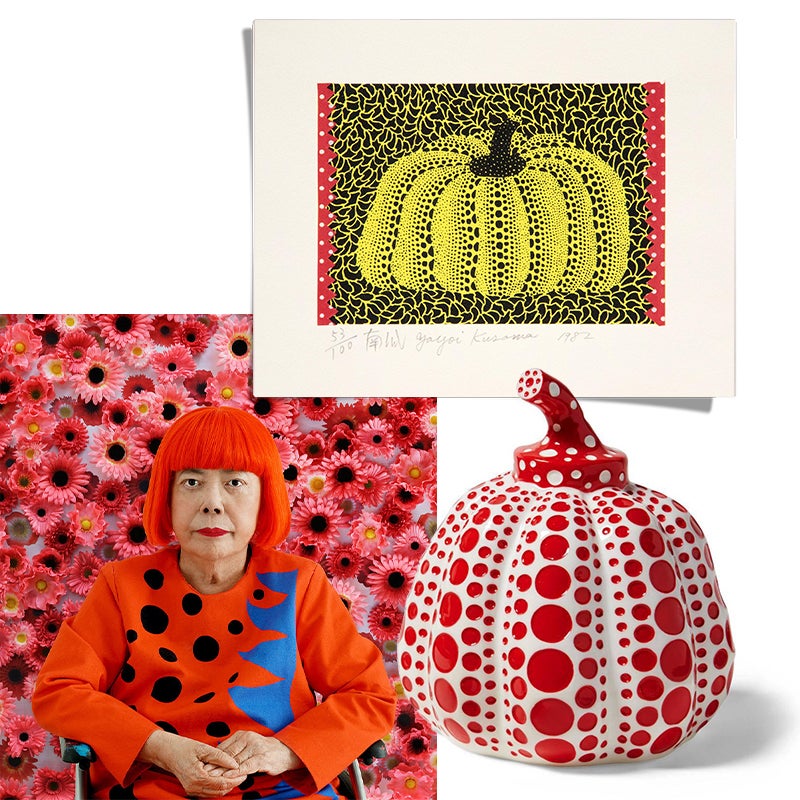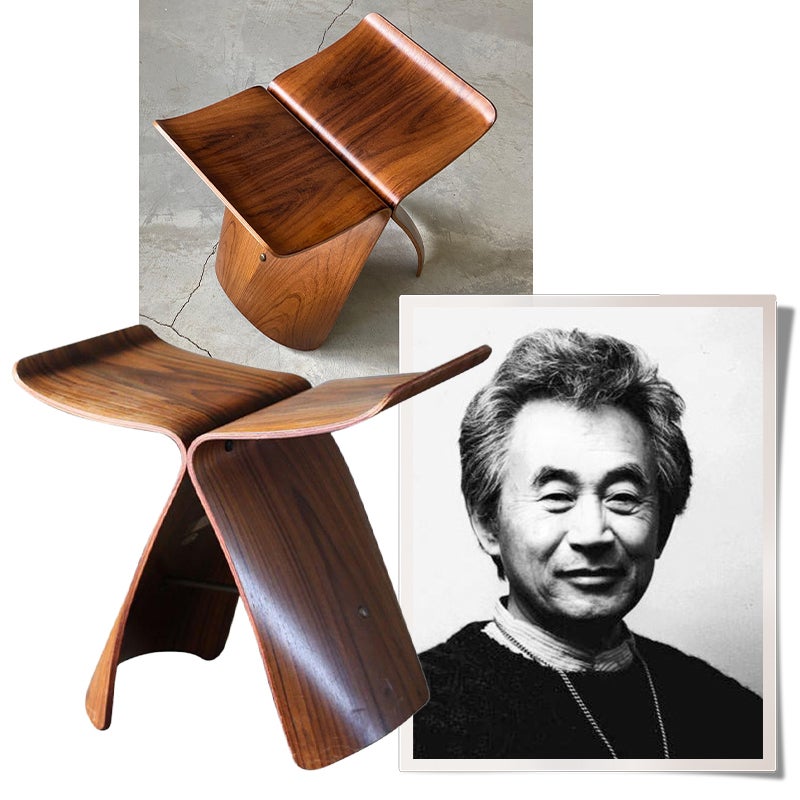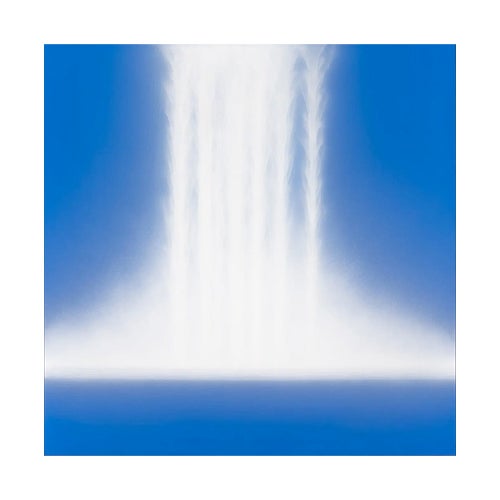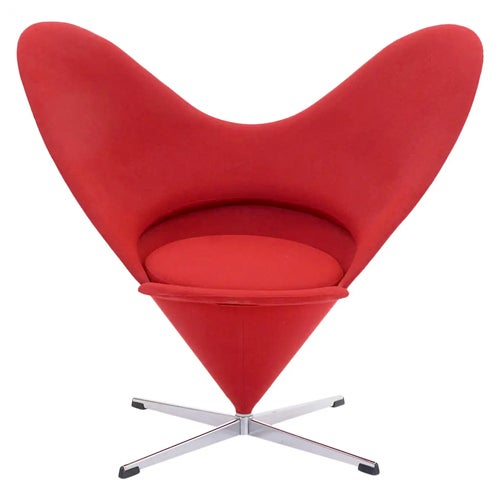2007
YAMATANE MUSEUM OF ART IN GINZA, TOKYO, PRESENTS A SPECIAL EXHIBITION CELEBRATING JAPANESE PAINTING MASTERS.
Each culture around the world has made an indelible impact on the design industry. 1stDibs is proud to showcase the contributions of these cultures and share their unique stories. One destination that will forever charm beauty seekers is Japan — an island nation with an ancient tradition of craftsmanship.
This featured work by Hiroshi Senju combines an expressionist sensibility with craftsmanship rooted in ancient Japanese methods. When highlighting the work of Japanese and Japanese American artists, 1stDibs strives for true representation by focusing on masters as diverse as George Nakashima, Rei Kawakubo, Takashi Murakami and Yayoi Kusama.
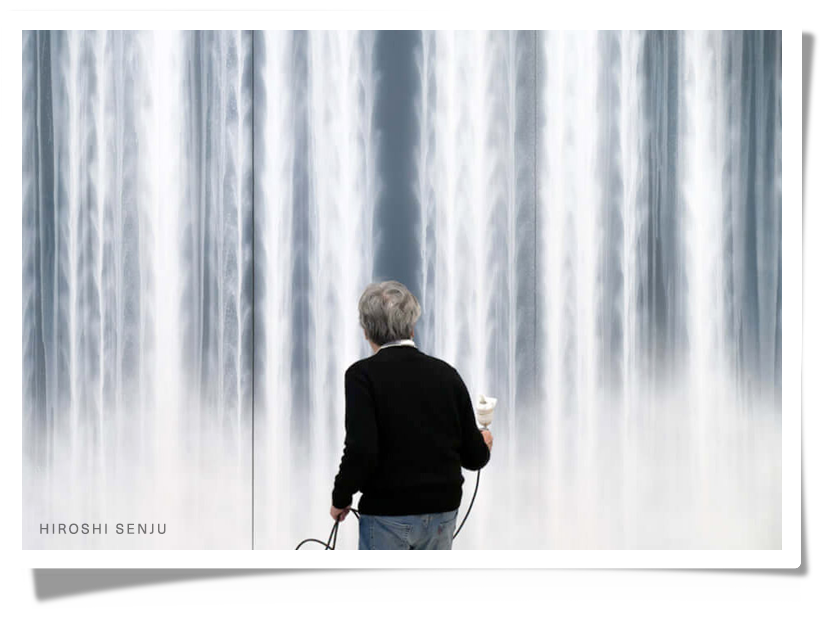
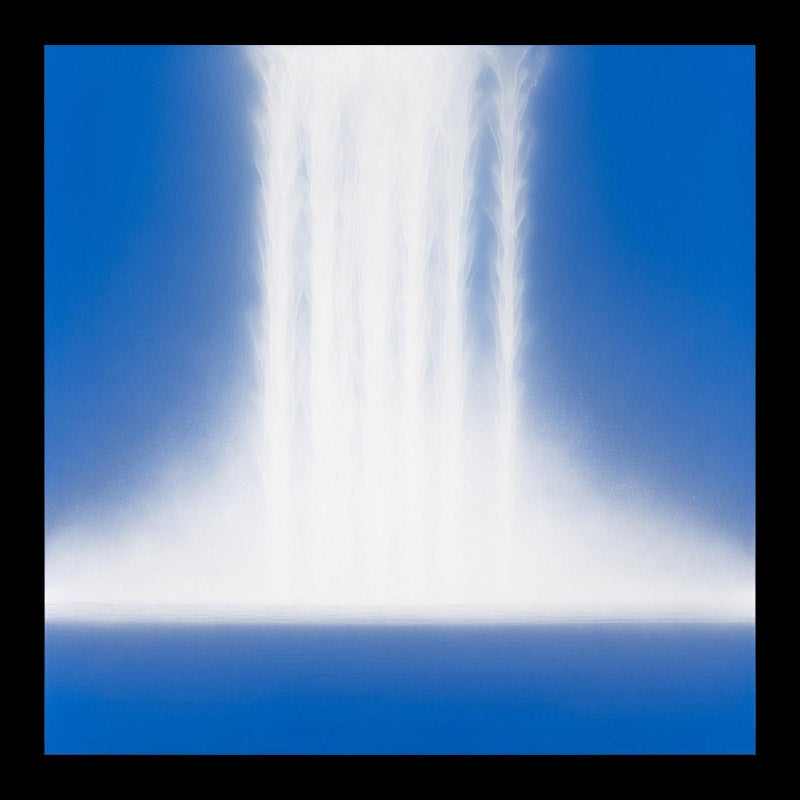
This featured work by Hiroshi Senju combines an expressionist sensibility with craftsmanship rooted in ancient Japanese methods. When highlighting the work of Japanese and Japanese American artists, 1stDibs strives for true representation by focusing on masters as diverse as George Nakashima, Rei Kawakubo, Takashi Murakami and Yayoi Kusama.

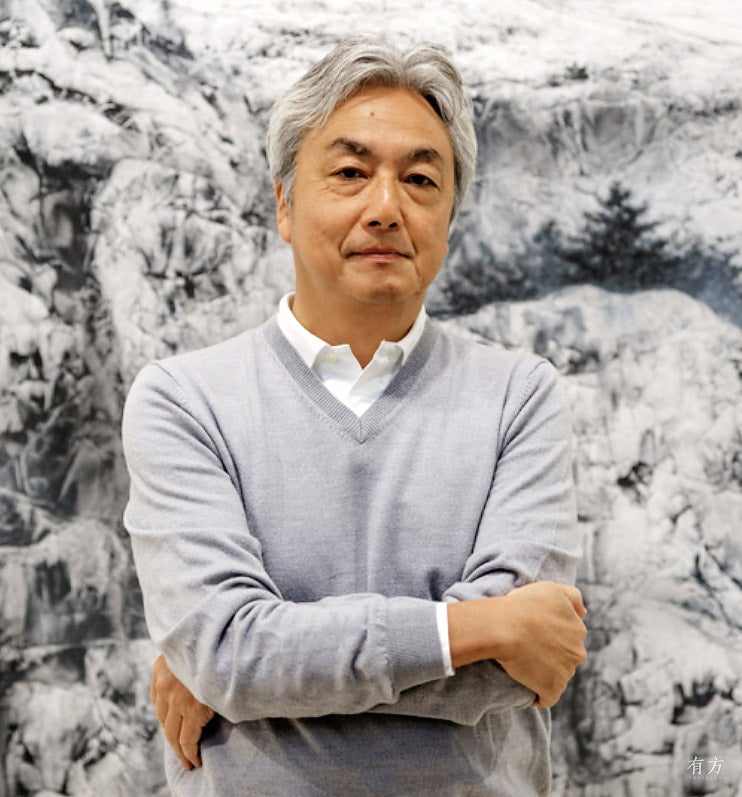
Artist Spotlight
The Visionary World of Hiroshi Senju
New York-based artist, Hiroshi Senju is celebrated worldwide for creating dreamy, large-scale paintings of waterfalls. And though his minimalist monochromatic visual language is primarily rooted in Abstract Expressionism, he employs traditional painting techniques that are unique to his native Japan. In fact, Senju is one of the few living artists versed in the nihonga technique, an ancient practice by which pigments made from minerals, ground stone, shells and corals are adhered to a surface (paper, silk or wood) using animal glue, known as nikawa.
Experiencing Waterfall
Gallerist Sundaram Tagore talks about seeing Hiroshi Senju's work up close and how it has a transportive — and immersive — effect on the viewer.
On Heritage and Inheritance
A renowned maker in her own right, Mira Nakashima discusses the legacy of her father, George Nakashima, his training as a carpenter during World War II and his adherence to centuries-old tenets of Zen Buddhism.
The Best of Japanese Art & Design
From Introspective
The labor-intensive craft enjoys a devoted following among connoisseurs and has been embraced by designers and makers around the globe.
Maker Spotlight
In Praise of Japanese Mastery
We're proud to showcase the influence and master craftsmanship of Japanese and Japanese-American creators across generations, always being careful to recognize ancient techniques and traditions while highlighting the innovative contributions of today's master artisans.
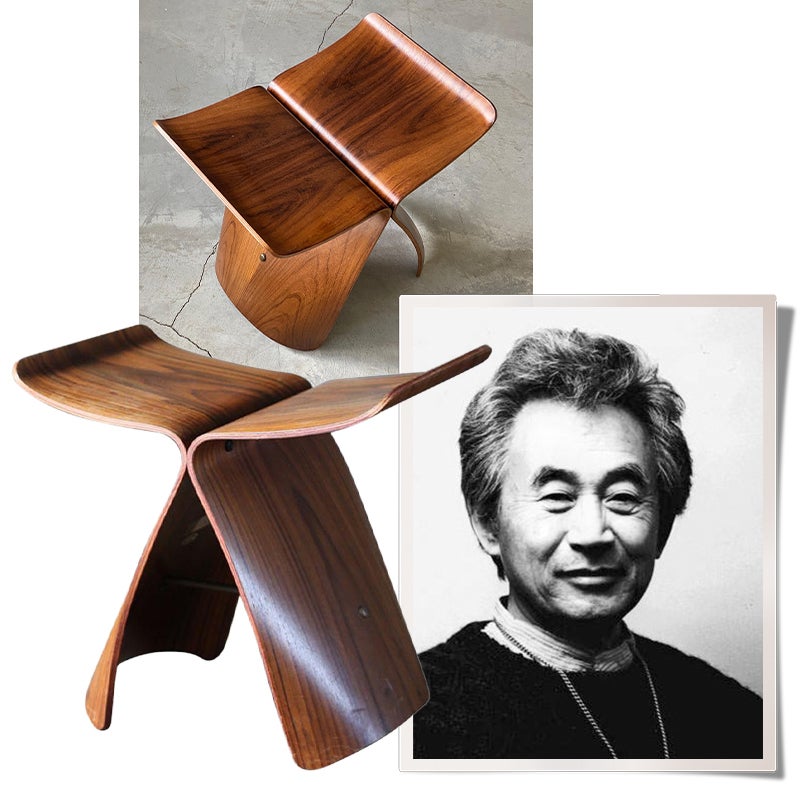
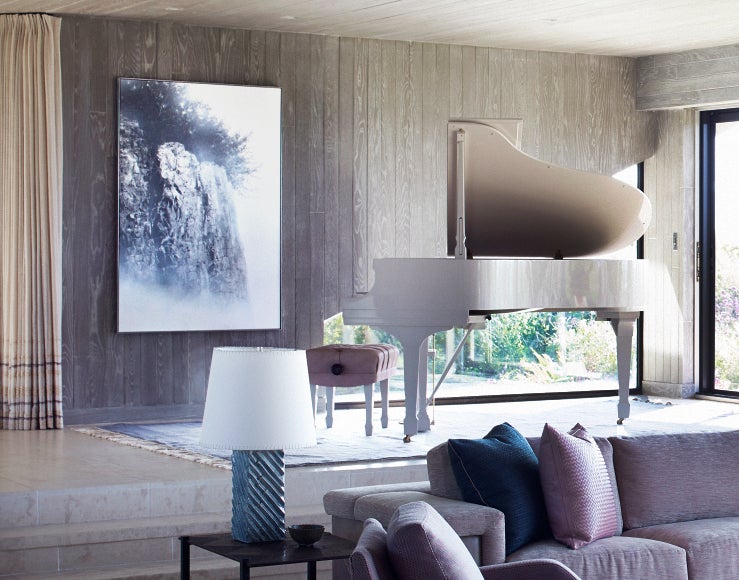
Designer Spotlight
Falling in Love
"Sometimes you don't know what you're looking for until you find it. That was absolutely the case with this Hiroshi Senju painting. It's ethereal — like the ocean views from this room. It has that misty quality that you often get from the seaspray. The connection isn't literal, but the vibe is spot on. It's unexpected in a beach house, yet it couldn't be more perfect."
Wesley Moon, Wesley Moon Inc.


